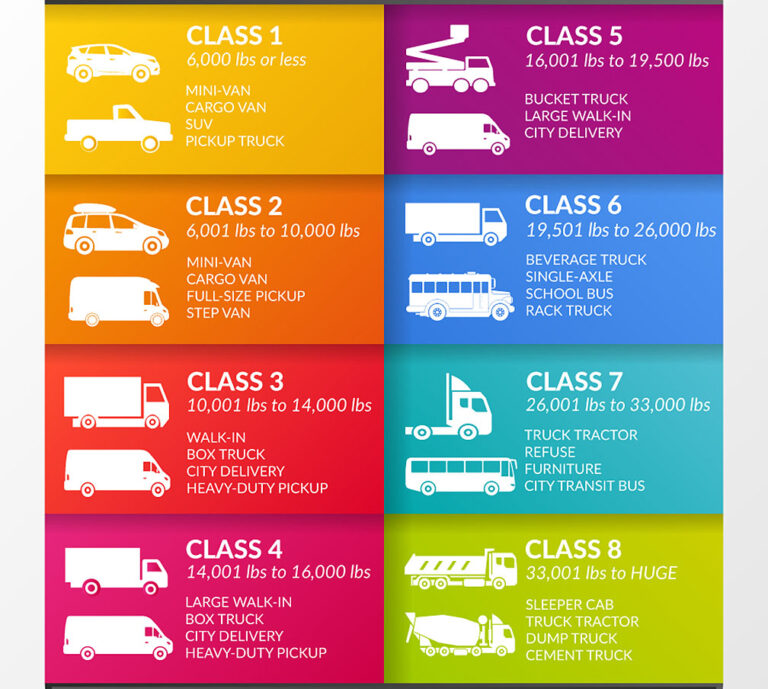"The wise consumer, before purchase, will determine if the vehicle has sufficient cargo capacity to carry the weight of water, additional equipment (such as televisions, and microwave ovens), and luggage. The manufacturer’s certification label must show the GVWR. The GVWR must not be exceeded by overloading the vehicle. There is little the government can do to assist a consumer who has purchased a vehicle that has insufficient cargo capacity for its intended use." - NHTSA
My recommendation is for you to accurately weight your entire payload, or at a minimum, weigh all individual parts and calculate an accurate payload estimate. Once you have that payload number search for a truck with double that payload capacity. This will place your entire system (handling, drive-train, braking, cooling, suspension, etc.) right in the middle of that inverted-U, that is the sweet spot. I personally believe it is unwise, and so do most fleet managers, to run a 3/4 or 1-ton truck above 75-80% on a permanent basis.
If you are running 80-100% of payload on a consistent basis on a 3/4 or 1-ton truck everything will suffer. Your handling, to include steering and braking, will be significantly diminished. Your drive-train, steering, braking, cooling, etc. will be operating at the very edge of their envelope and you should expect to encounter higher maintenance costs and unexpected break downs.

